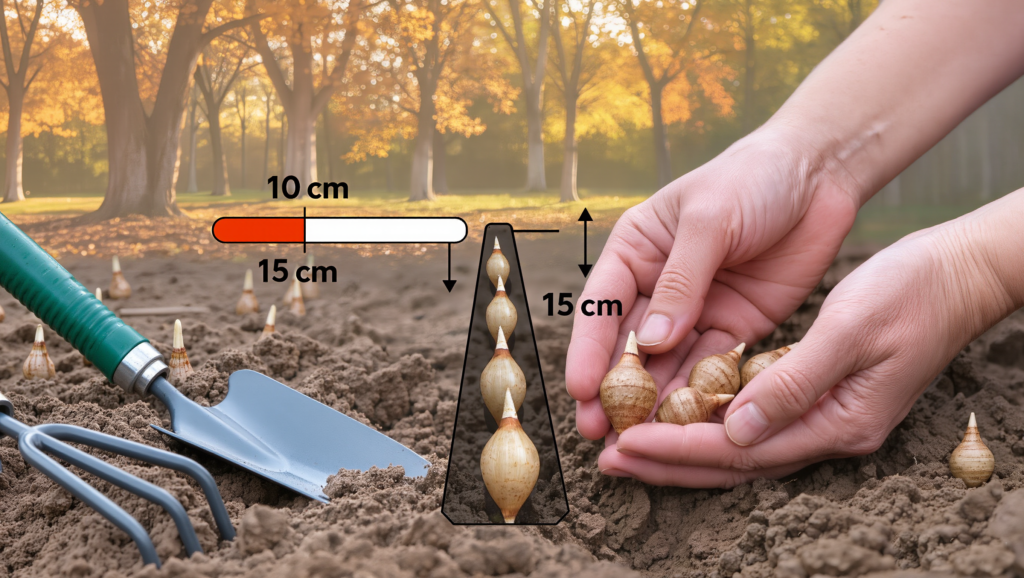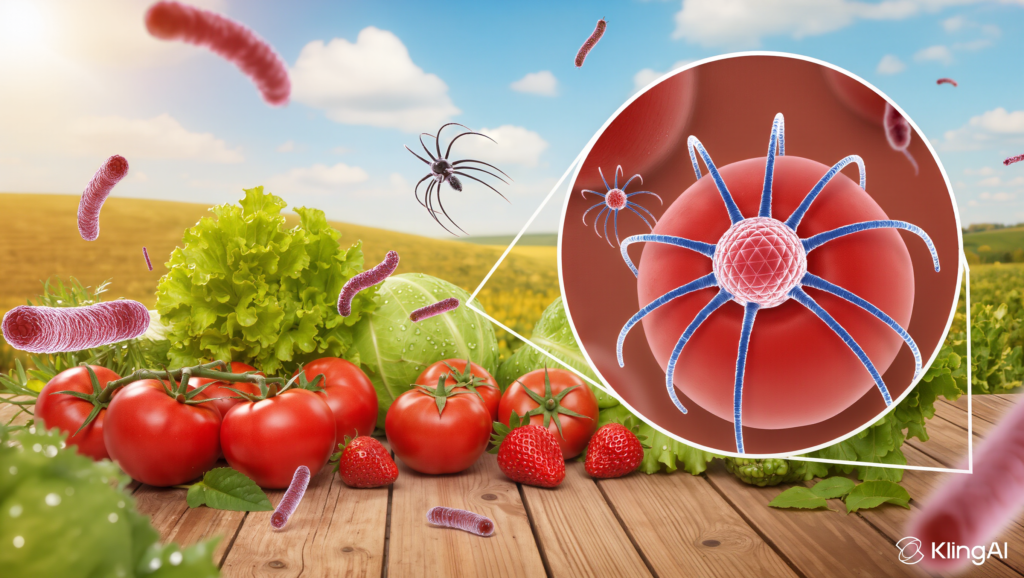Foodborne illnesses, often caused by bacteria, viruses, or other harmful microorganisms, affect millions of people each year. These illnesses can lead to symptoms like stomach cramps, nausea, diarrhea, and in severe cases, long-term health problems. While eating fresh and organic foods is a great step toward healthier living, it’s still essential to handle and prepare them properly to avoid foodborne illnesses.
In this article, we’ have put together five organic steps you can take to prevent foodborne illnesses and keep your meals safe. These steps are simple, but they can make a big difference in the quality and safety of the food you serve your family.
1. Clean Your Hands and Surfaces Thoroughly
The first step in preventing foodborne illnesses is maintaining cleanliness in the kitchen. Many harmful bacteria can transfer from your hands, kitchen surfaces, and utensils to the food you’re preparing, even if the food is organic.
Wash Your Hands
Before you start cooking or handling food, it’s crucial to wash your hands with warm, soapy water for at least 20 seconds. This simple habit helps eliminate bacteria or viruses that you may have come into contact with.
According to the Centers for Disease Control and Prevention (CDC), washing your hands properly can prevent about 50% of foodborne illnesses.
Clean Your Surfaces and Utensils
Always clean your countertops, cutting boards, knives, and utensils before and after handling food. Bacteria can linger on surfaces, and if not cleaned properly, they can contaminate your food. If you’re working with raw meat or produce, it’s especially important to clean everything thoroughly before moving on to the next food item.
Pro Tip: Consider using natural cleaning agents like vinegar or baking soda, which are both organic and effective at killing bacteria on surfaces.
2. Separate Raw Foods from Ready-to-Eat Foods
Cross-contamination is one of the main culprits behind foodborne illnesses. This happens when bacteria from raw foods, particularly meat, poultry, and seafood, come into contact with fruits, vegetables, or cooked meals. To avoid this, keeping raw and ready-to-eat foods separate is crucial.
Store Foods Properly
Always store raw meats separately from other foods in the fridge, preferably in airtight containers on the lowest shelf. This prevents raw meat juices from dripping onto other foods and contaminating them.
Use Different Cutting Boards
It’s also a good idea to use different cutting boards for raw meat and fresh produce. For example, you can use one cutting board exclusively for raw chicken and another for vegetables. This minimizes the risk of bacteria spreading from raw meat to your salad or other uncooked foods.
According to Foodsafety.gov, using separate cutting boards and utensils for raw and cooked foods can greatly reduce the risk of cross-contamination.
3. Cook Foods to Safe Temperatures
Cooking your food to the right temperature is essential for killing harmful bacteria. When food isn’t cooked properly, bacteria like E. coli and Salmonella can survive and cause foodborne illnesses. This is especially important for meats, poultry, and eggs, but it also applies to other foods like leftovers.
Use a Food Thermometer
One of the easiest and most effective ways to ensure your food is cooked to a safe temperature is by using a food thermometer. Here’s a quick guide to safe cooking temperatures:
- Poultry (chicken, turkey): 165°F (74°C)
- Ground meats (beef, pork, lamb): 160°F (71°C)
- Steaks, chops, roasts: 145°F (63°C)
- Leftovers: 165°F (74°C)
According to the U.S. Department of Agriculture (USDA), using a food thermometer is the only way to make sure your food is cooked to a temperature high enough to kill harmful bacteria.
Pro Tip: Even if you’re preparing organic food, always make sure it’s cooked thoroughly. Organic foods can still harbor bacteria like any other food if not handled and cooked properly.
4. Store and Refrigerate Foods Safely
Improper storage of food is one of the leading causes of foodborne illnesses. After preparing a meal, it’s essential to store leftovers safely and refrigerate or freeze perishable foods promptly.
Refrigerate Promptly
Always refrigerate perishable food within two hours of cooking or buying. In hot weather (above 90°F or 32°C), this window shrinks to just one hour. Refrigerating food promptly helps slow the growth of bacteria and keeps your food safe for longer.
According to the multiple studies online, bacteria can multiply rapidly at room temperature, so it’s critical to refrigerate or freeze food as soon as possible.
Know Your Fridge and Freezer Temperatures
Your refrigerator should be set at or below 40°F (4°C), while the freezer should be at 0°F (-18°C). These temperatures ensure that bacteria growth is slowed in the fridge and stopped entirely in the freezer.
Properly Label Leftovers
Label your leftovers with the date they were prepared and try to consume them within 3–4 days. For frozen foods, most items can be safely stored for up to six months, but make sure to label them clearly and check for freezer burn before consuming.
5. Use Organic Pest Control in Your Garden
If you grow your own organic produce, managing pests is another important step in preventing foodborne illnesses. Pests like rodents and insects can carry harmful bacteria that can contaminate your garden. However, using harsh chemical pesticides isn’t an option for organic gardeners, so you’ll need to rely on natural pest control methods.
Introduce Beneficial Insects
One of the best ways to control pests naturally is by introducing beneficial insects into your garden. Ladybugs, praying mantises, and lacewings are known to feed on harmful pests like aphids, which can spread disease. These helpful insects can help keep your garden pest-free without the need for chemicals.
Use Organic Pesticides
For those times when pests get out of control, you can use organic pesticides like neem oil or insecticidal soap. These natural products are effective at keeping pests at bay while still being safe for your garden, food, and the environment.
According to Cornell University, using organic pest control methods is an essential part of maintaining a healthy, productive garden.
Conclusion
By following these five organic steps, you can greatly reduce the risk of foodborne illnesses and ensure that your meals are both safe and healthy. The key takeaway? It’s not just about eating organic—it’s about handling, preparing, and storing your food safely every step of the way. Organic gardening and proper food handling can go hand in hand to ensure the food you’re eating is free of harmful contaminants and full of nutrients!








